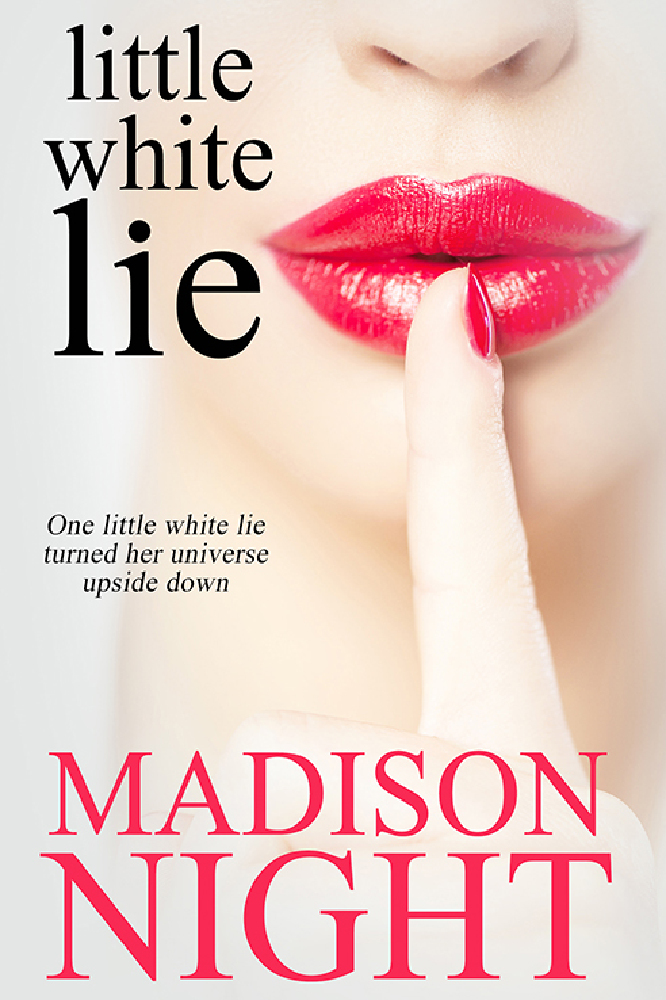As an author, I’ve often had the following questions posed to me: “Hey Madison, where do your ideas come from? What’s your writing process?”

Little White Lie
My typical response is a blank, wide-eyed stare. “I don’t know. I don’t really have one,” I tend to mumble. It’s not that my methods are a secret, or my system of story development is too intricate to explain. In all truth, I don’t know how I come up with the books I write! I feel awful each and every time I have to dole out that lackluster, uninspiring response but … I really have no formal process.
The origin story of each and every piece is the same – I have a weird mind that likes to dream up scenarios. I’m not even talkin’ about the steamy scenes, people. I’m talking the main storyline. An idea usually starts to take shape as I drift off to sleep (i.e., I see the dreamcatcher on my wall and think, “I wonder how I could use that in a story…?”), and overnight it percolates and takes shape in my dreams.
Come morning, I backflip and somersault out of bed, nailing the landing of course (slight exaggeration), and run to my laptop to type it out. (For a more accurate picture, envision a grainy-eyed zombie stumbling down the hall, grunting as the light of day hits her eyes.) Now, this is where what I coin the ‘data dump’ happens. That is, I begin typing in one continuous stream of consciousness, without a care in the world for spacing, spelling, etc. All l care about is capturing the idea before it fades into the abyss of lost storylines. What tends to happen, though, is as I type, the idea takes on a life of its own! I go from trying to get the scenario out of my brain, to 3,000+ words, outlining a fairly robust story and the beginnings of pretty darn cool characters.
Suddenly, my data dump has morphed into a true blue brainstorming session.
When it’s time to sit down and write in earnest, the storyline becomes more developed, data is sectioned into chapters, and details such as locations and names are added in. I know in the recesses of my mind how I want the story to start and end – but at that point I haven’t quite figured out how to get from A to B.
“Well, then how do you get from A to B?” you may wonder.
I don’t. My characters do. The second I write dialogue, they develop personalities and I’ve officially lost control of the story. They know where they need to go (B) but choose their own path in getting there. I often joke that I never know what my character are going to do next. I not sure how to explain it; it’s just how the process works for me. Some authors create flowcharts, storyboards, or have each scene carefully laid out on sticky notes. This may well be the best way to go for some, but I truly love the way I write. Each story is its own adventure, evolving as I type, and I get to watch it unfold the same way a reader would. I’m as surprised at a turn of events as the next person.
For example, as I was working on final pre-submission edits for my new novel Little White Lie, all of a sudden a character ‘said’ something, felt something, that changed something big in the novel. It created sympathy for another character, and I had to revise the last dozen chapters of the book to build those emotions in. Even though I may have muttered “For Pete’s sake,” I know the characters made the right choice, said the right thing, and made Little White Lie’s storyline that much richer.
There you have it, folks - my non-process process. Whether you’re a budding or seasoned author, there are no rules when it comes to process. You don’t have to fit inside a box when it comes to creativity. Follow your own path, do what works best for you, however informal it may be, and believe in the end your output will be magic.
~ Madison

